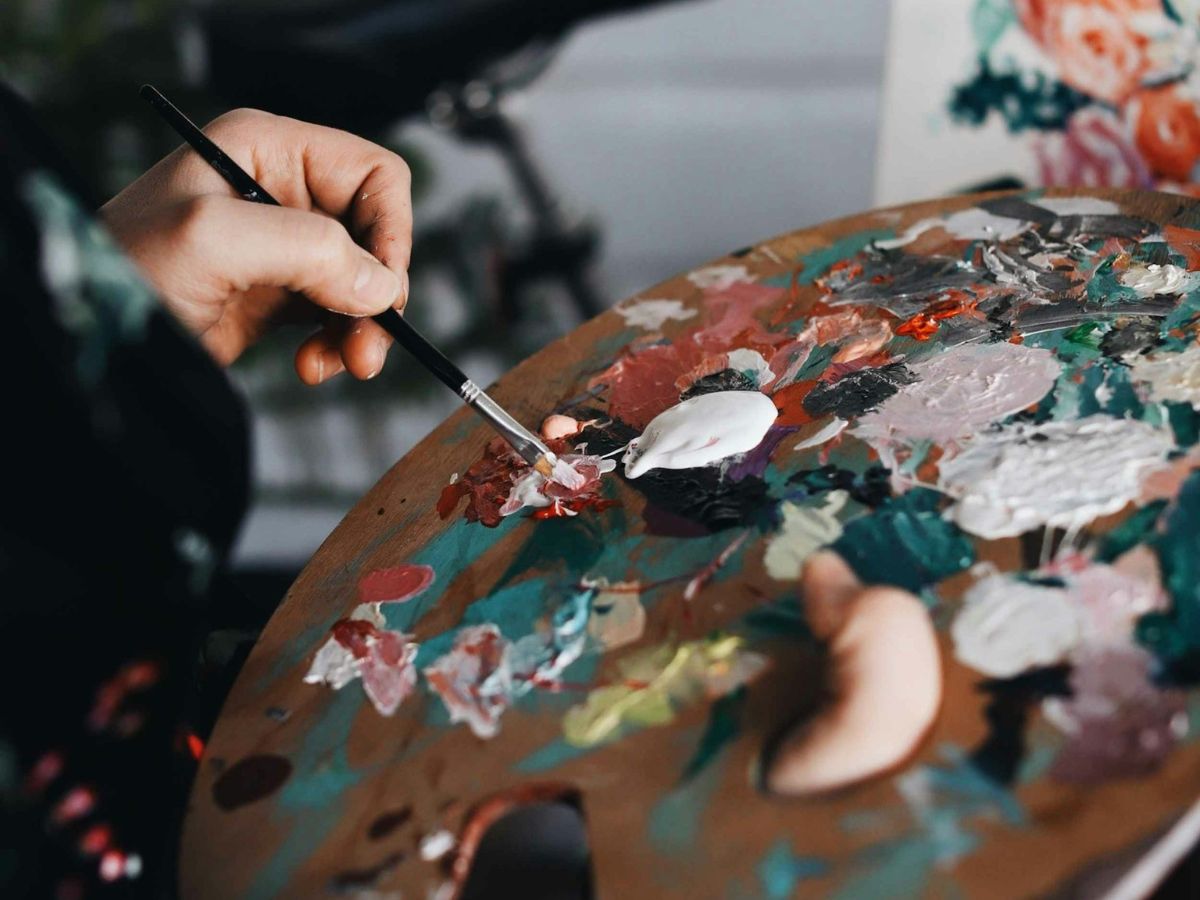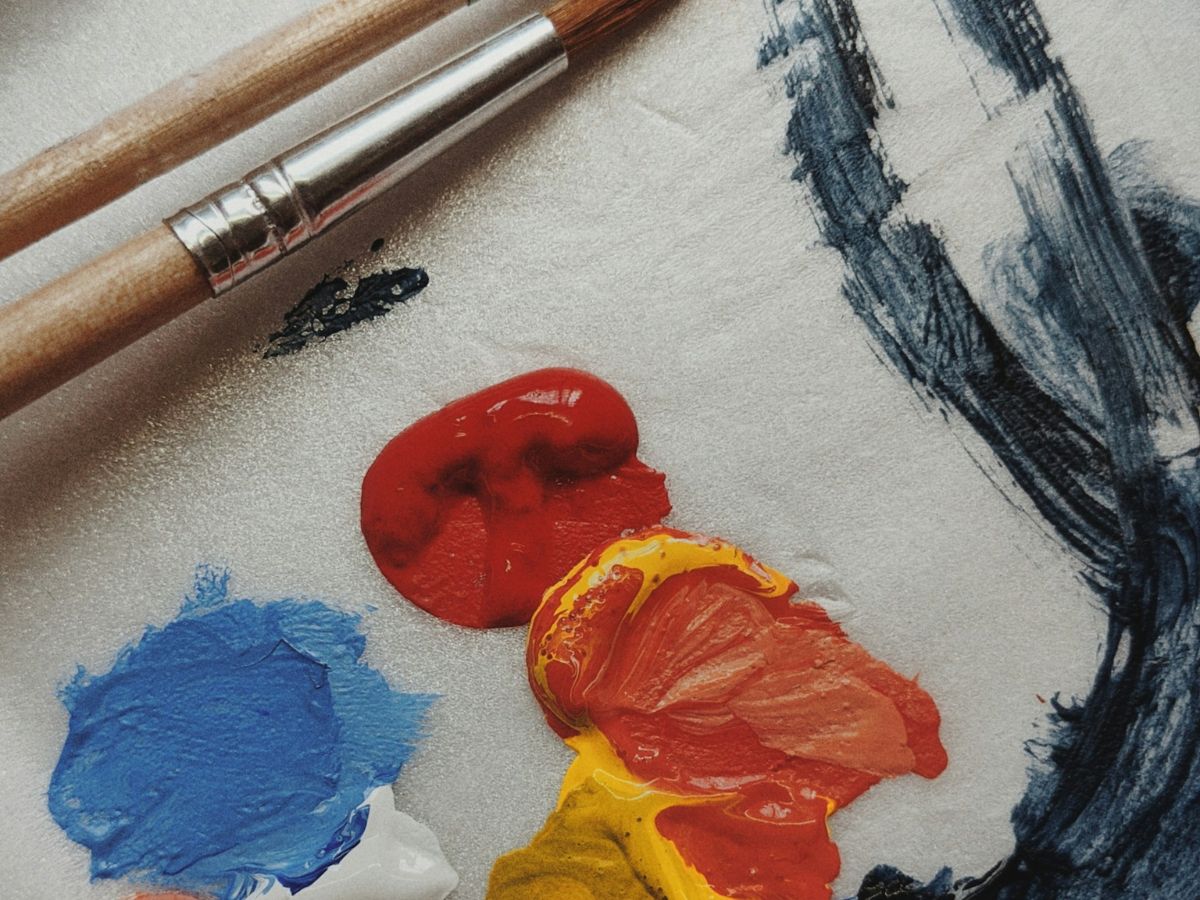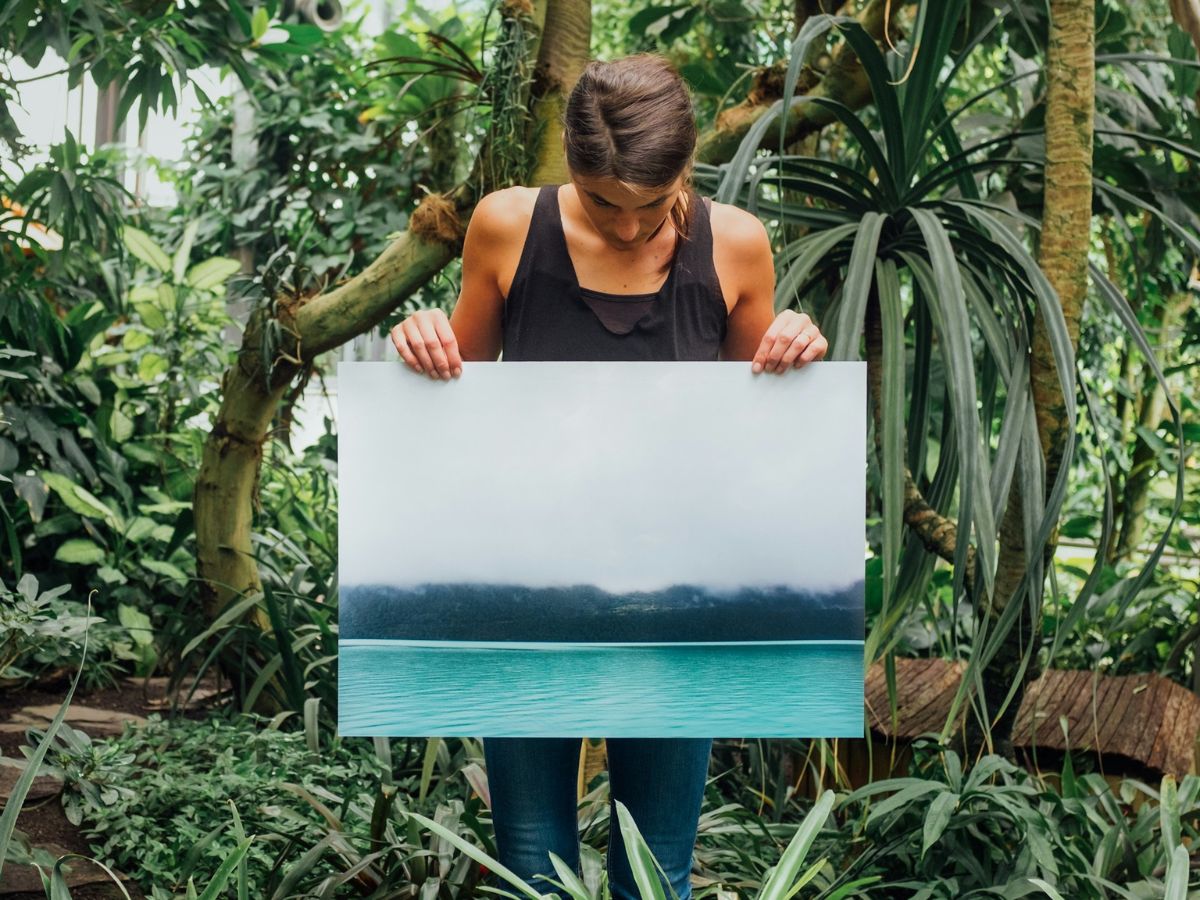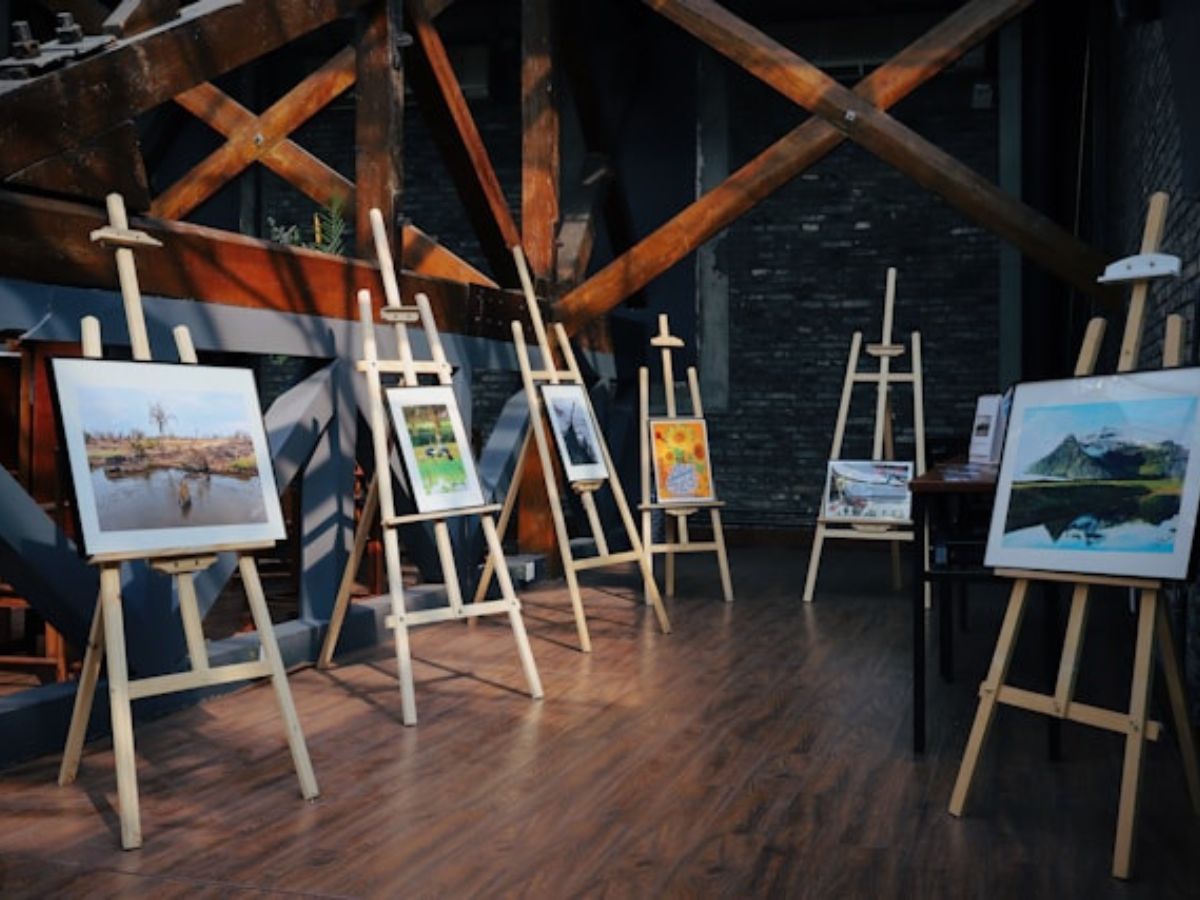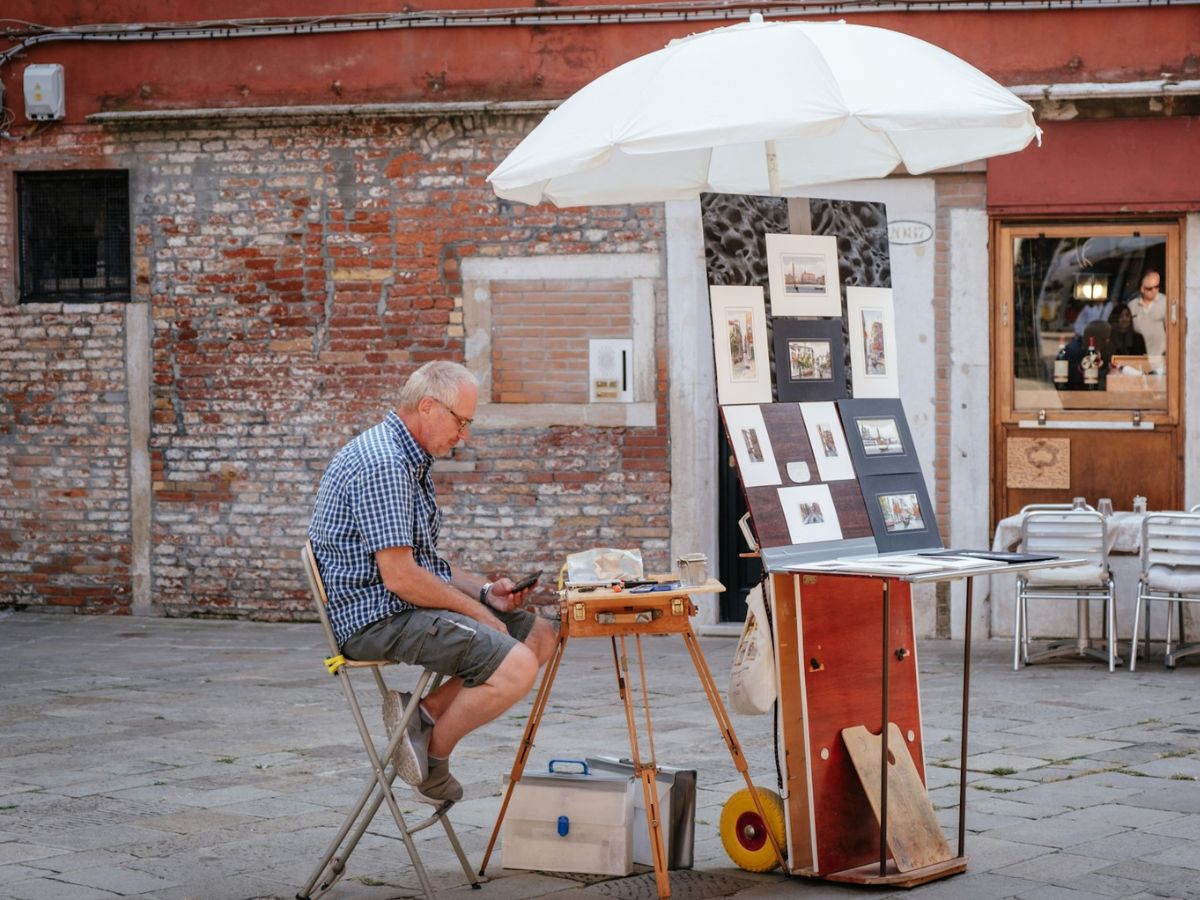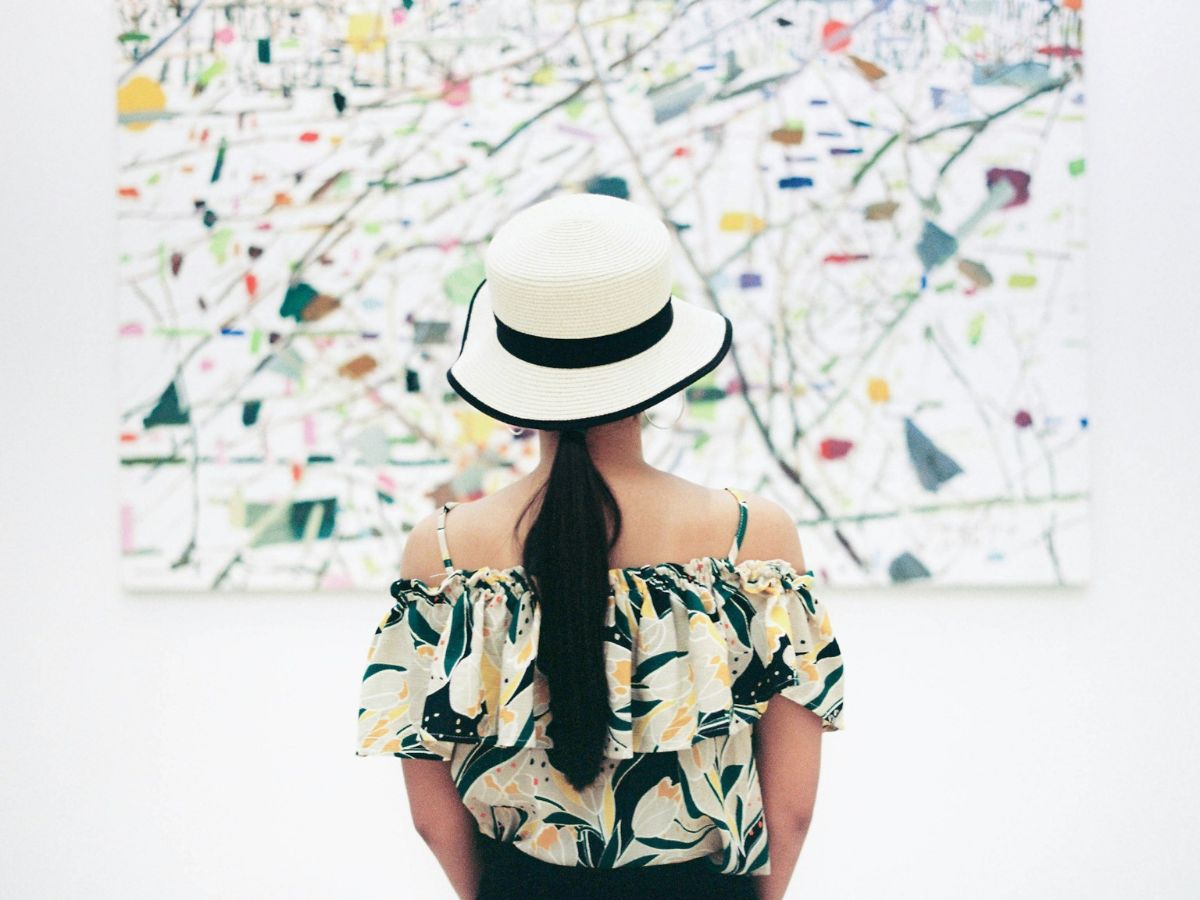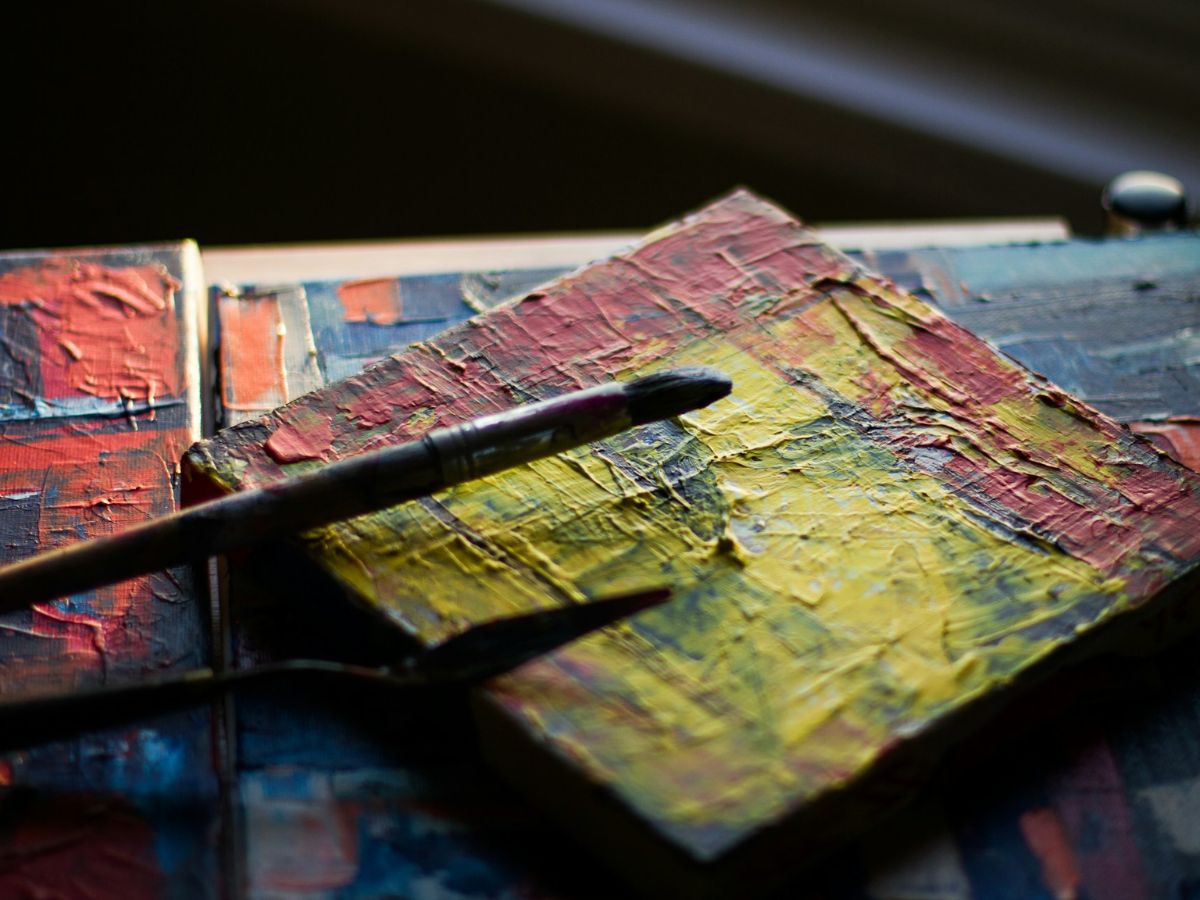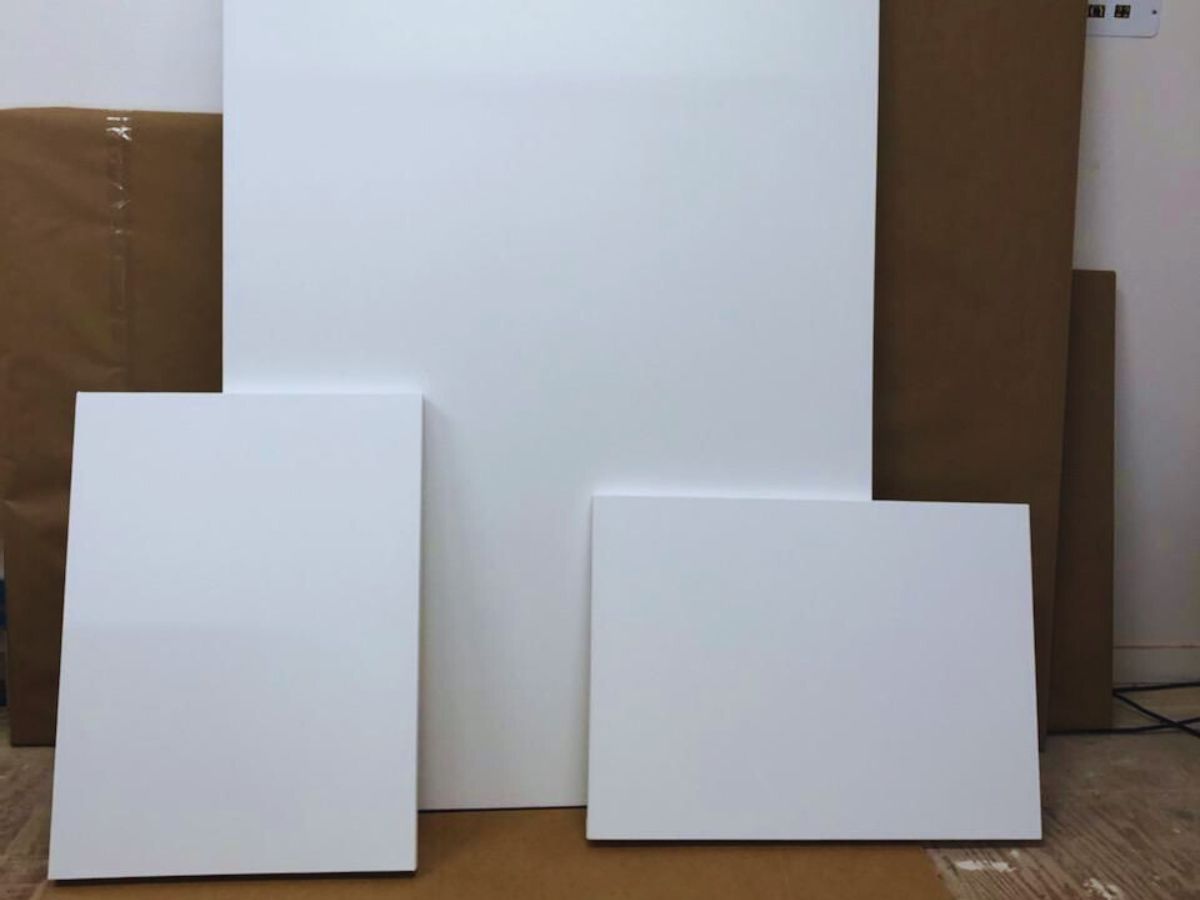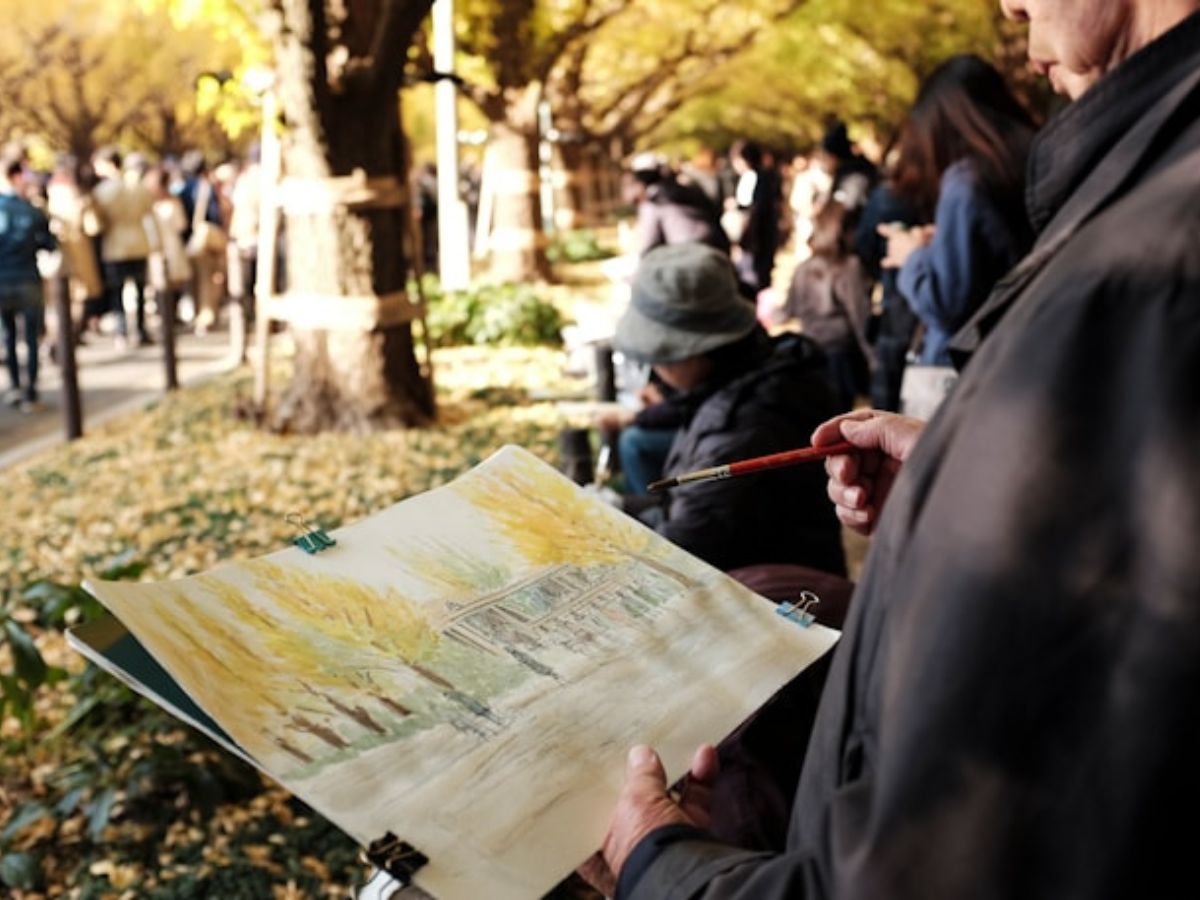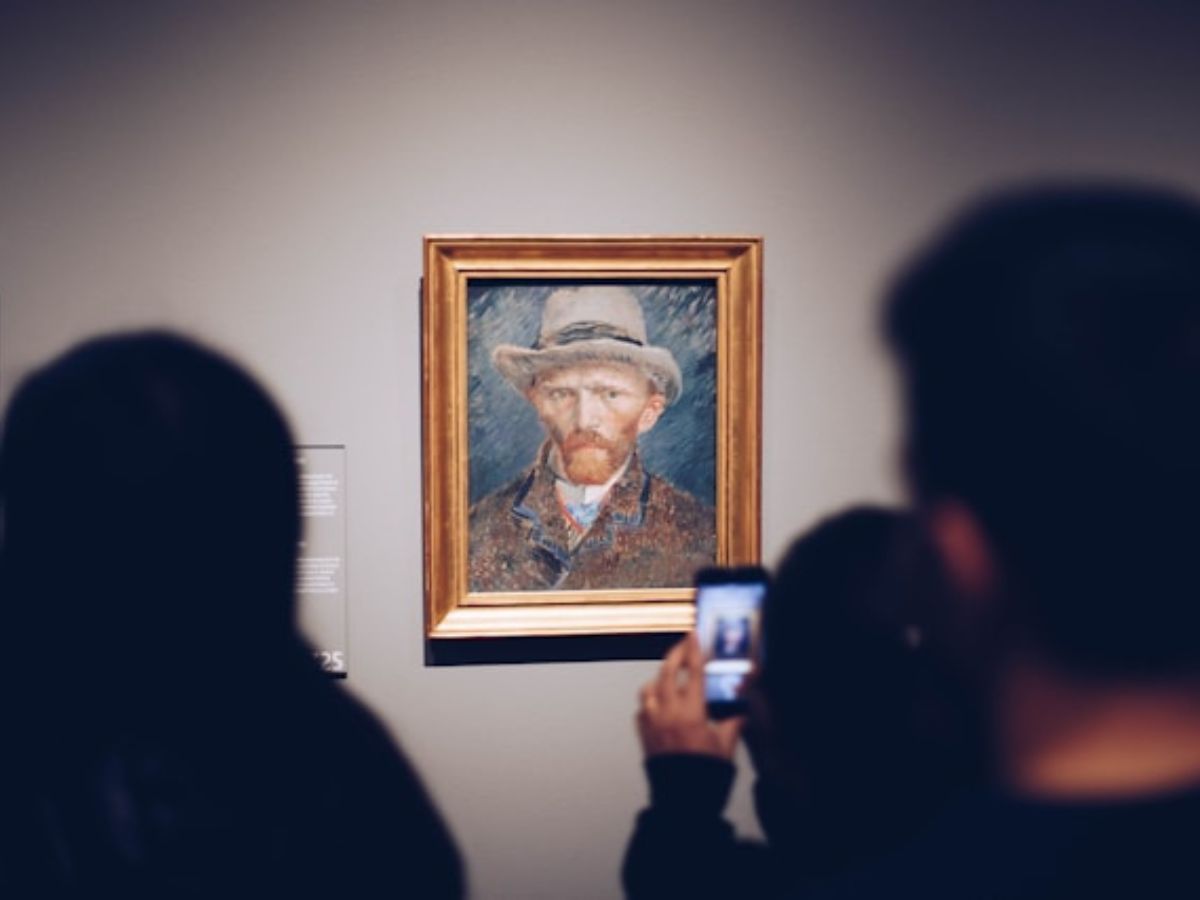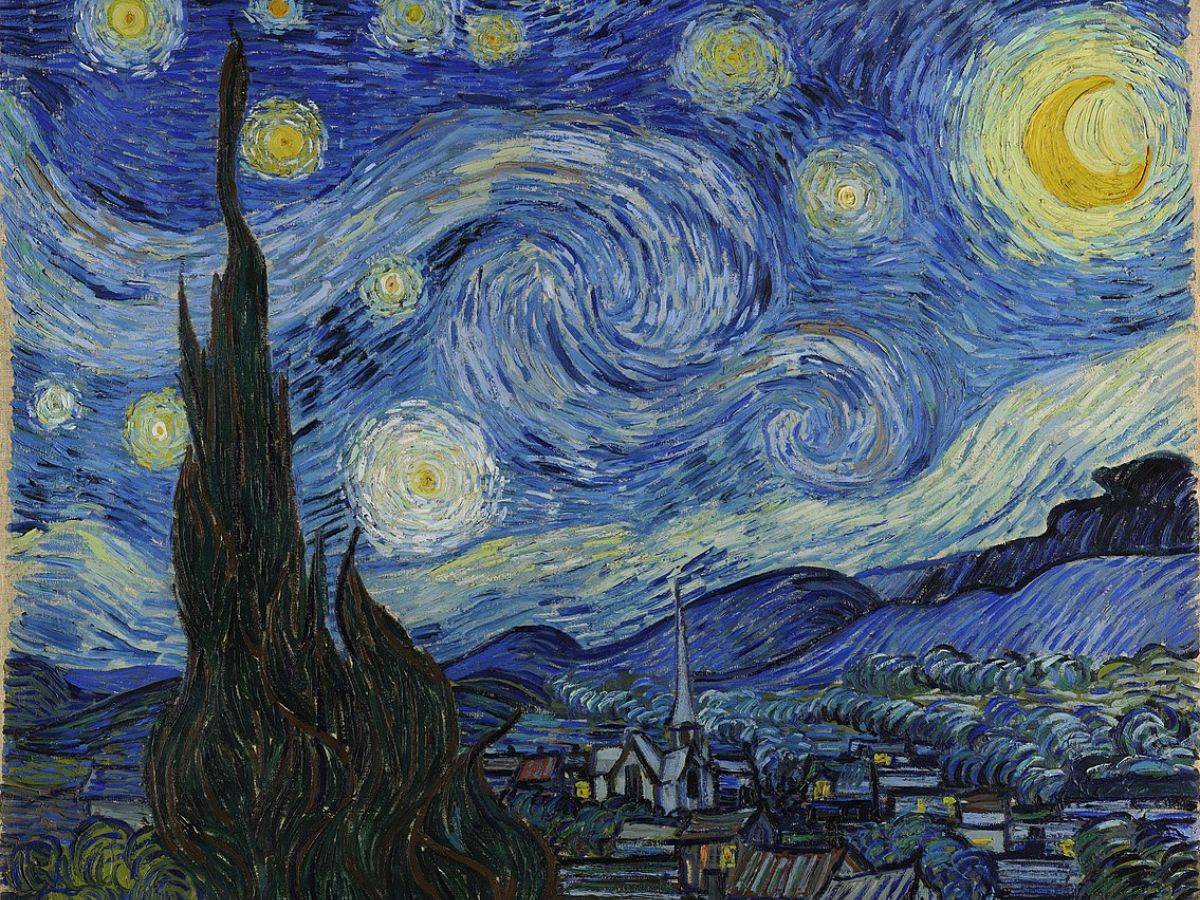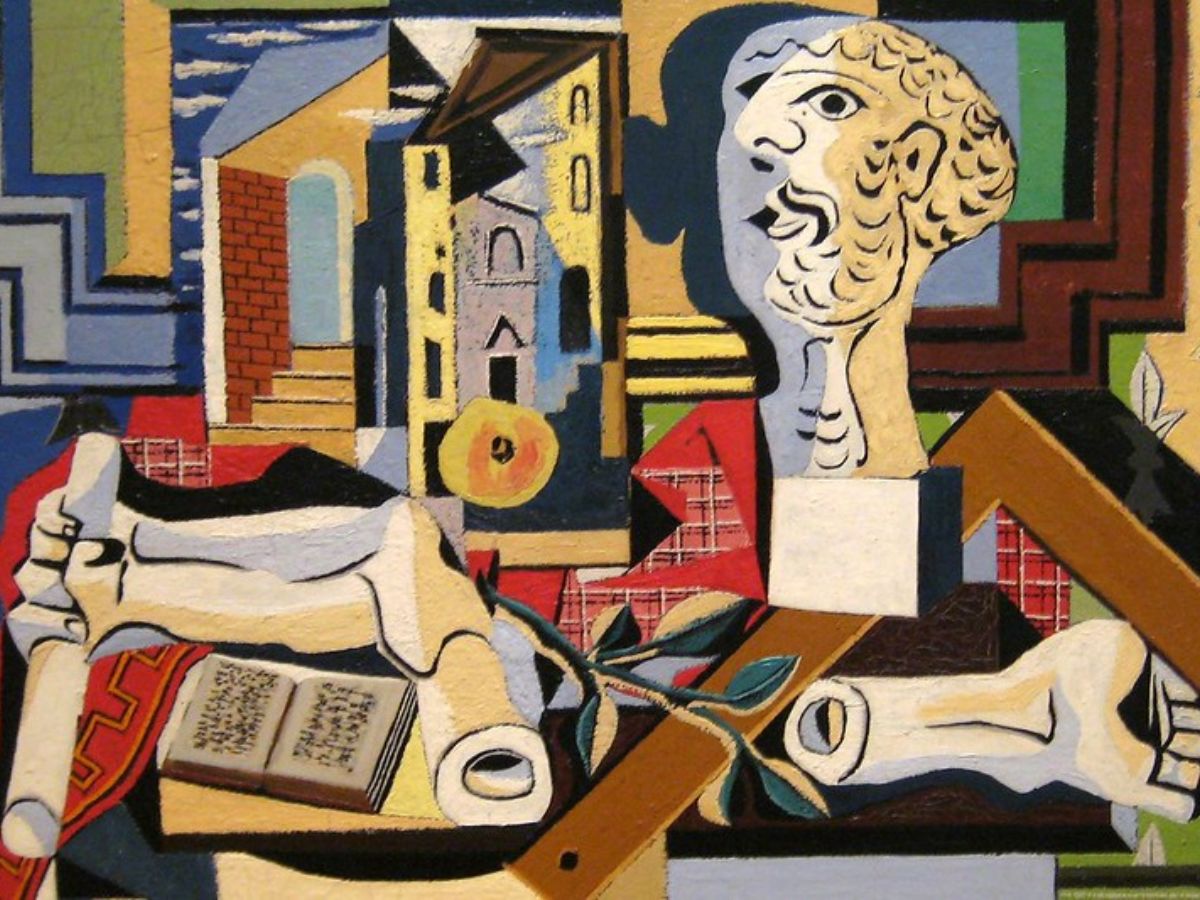
6 Things You Should Know Before Choosing a Canvas
Choosing the perfect canvas is a crucial step in any artist’s journey. It can significantly impact the final outcome of a piece, influencing both its longevity and aesthetic quality.
Whether you’re a seasoned artist or a beginner, here are some essential things to know before selecting a canvas for your next masterpiece.
1. What’s the Purpose of Your Canvas?
This is the first thing you need to know before buying a canvas for painting: what will you use the canvas for? Is it for experimentation, for selling to a collector or for your own personal collection?
Canvases from hobby and craft shops come cheap and are perfect for experiementation purposes. If you’re trying a new technique or just want to have fun and go crazy with painting, then use budget-friendly student canvases.
But, if you want to sell your painting to a collector or an art gallery, you should invest on high-quality canvases. Professional canvases may cost more than generic canvases but it is worth it. The paint will hold longer and looks better on premium, gallery-wrapped canvases and it will show how you give importance and value your talent and skill.
2. Understand the Types of Canvas
There are primarily two types of canvas: cotton and linen. Cotton canvas is popular for its affordability and availability. It stretches well and provides a smooth surface for painting.
Linen canvas, on the other hand, is considered superior due to its durability and fine texture, which holds up better over time. However, it comes with a higher price tag. Decide based on your budget and the desired longevity of your artwork.
3. Consider the Weight
Canvas weight, measured in ounces per square yard, impacts its durability and texture. Heavier canvases (10 oz and above) are thicker and more robust, suitable for large or high-detail works. Lighter canvases (5-7 oz) are easier to handle and stretch but may not withstand heavy paint applications or large scales as well.

4. Primed vs. Unprimed
Primed canvases come pre-coated with gesso, a primer that prepares the surface for painting by preventing the paint from soaking into the fibers. This is ideal for artists who want to jump straight into painting without additional preparation.
Unprimed canvases require you to apply the gesso yourself, offering more control over the surface texture and absorbency but adding an extra step to your process.
5. Canvas Stretching
Pre-stretched canvases are convenient and ready to use, making them a great option for beginners or those short on time. However, if you prefer customizing the tension and size, purchasing canvas rolls and stretching them on your own stretcher bars might be the way to go. This option provides flexibility but requires more skill, effort and budget.
6. Surface Texture
The texture or “tooth” of the canvas affects how the paint adheres and spreads. Fine-grain canvases are smoother, suitable for detailed, fine work, while medium-to-coarse textures are better for bold, expressive strokes and heavy impasto techniques. Choose a texture that complements your painting style.
Selecting the right canvas involves considering your artistic needs, budget, and desired outcome. By understanding these aspects, you can ensure that your canvas enhances your creativity and supports the longevity of your work. Happy painting!
Looking for a Professional Canvas for Painting?
A custom-size, professional canvas for painting is waiting for you at CanvasLot. We have decades of experience in making high quality canvases for artists. Order online or call us today at 1-512-910-7333 (Austin, TX), Mon – Fri: 9am to 5pm (Central Time) and we’ll deliver your canvas right at your doorstep.
